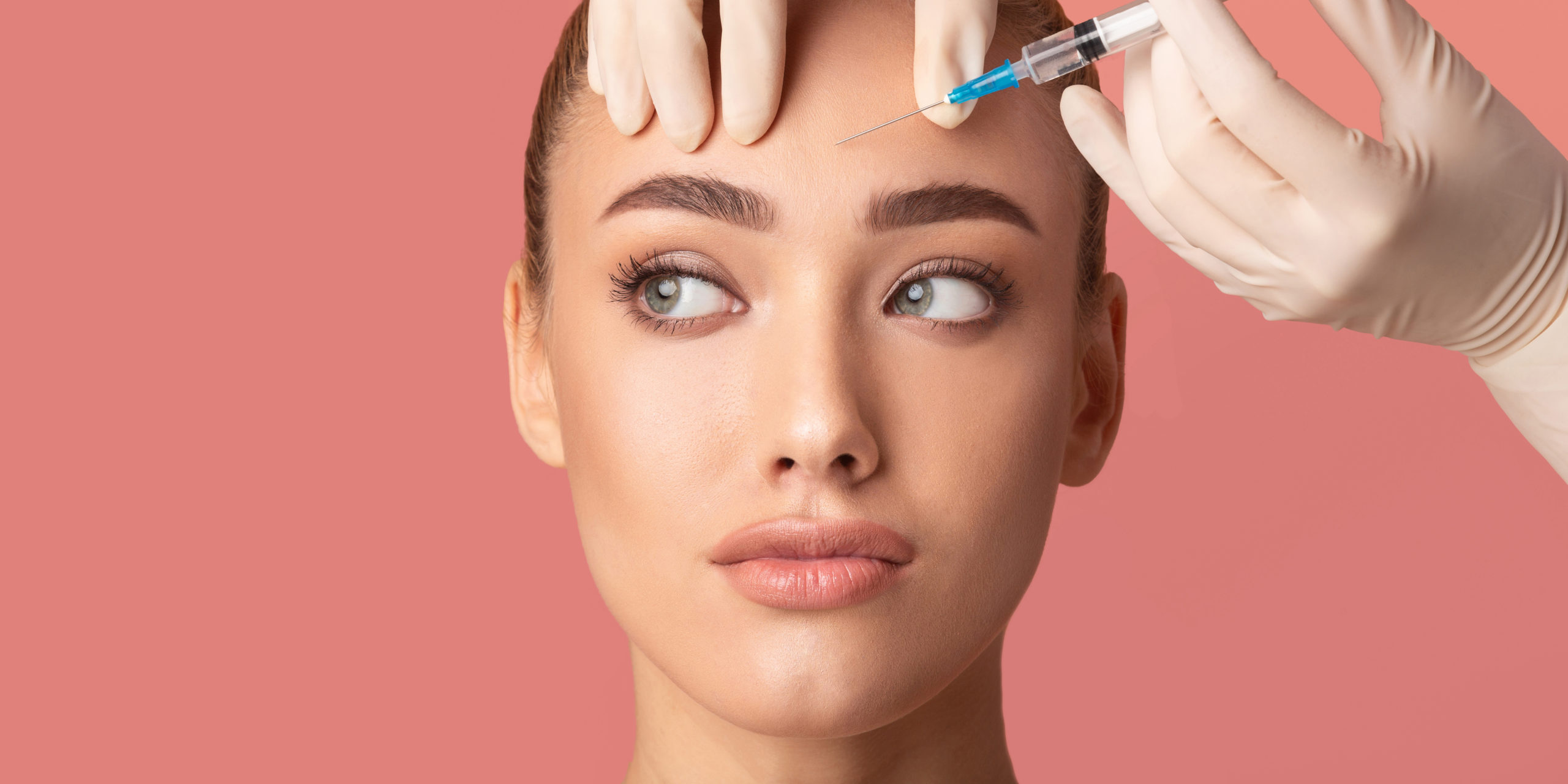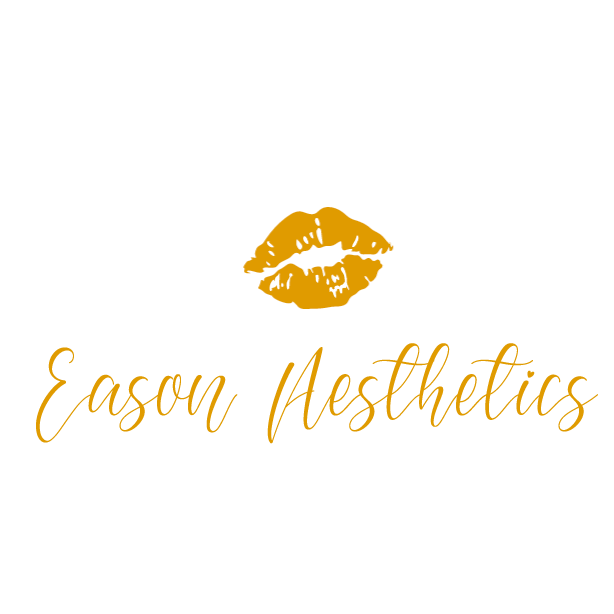When it comes to maintaining a youthful appearance, many individuals turn to cosmetic procedures such as Botox. Botox injections have gained significant popularity in recent years, with people seeking them out for various reasons, including the desire to reduce wrinkles and achieve smoother skin. In this comprehensive guide, we will explore the benefits, risks, and considerations associated with Botox treatment for the face. Whether you're in London, Kent, or anywhere else in the world, this article will provide you with all the information you need to make an informed decision.

1. What is Botox?
Botox, short for botulinum toxin, is a neurotoxic protein that is derived from the bacteria Clostridium botulinum. Although the word "toxin" may sound alarming, Botox injections have been approved by the FDA for various medical and cosmetic purposes. Botox works by temporarily paralyzing the muscles it is injected into, which can lead to a smoother appearance and the reduction of fine lines and wrinkles.
2. How Does Botox Work?
Botox injections work by blocking the nerve signals that cause muscles to contract. When the muscles are unable to contract, the overlying skin appears smoother, reducing the appearance of wrinkles. Botox specifically targets the muscles responsible for facial expressions, such as frowning or squinting. By relaxing these muscles, Botox can help minimize the formation of dynamic wrinkles, which are wrinkles that occur due to repeated facial movements.
3. Botox for Wrinkle Reduction
One of the primary uses of Botox injections is for wrinkle reduction. Botox is commonly used to treat dynamic wrinkles, such as crow's feet, forehead lines, and frown lines. These wrinkles are caused by the repetitive movement of facial muscles over time. By inhibiting muscle contractions, Botox can soften these wrinkles and provide a more youthful appearance. It is important to note that Botox is not effective for treating static wrinkles, which are wrinkles that are present even when the face is at rest.
4. Other Uses of Botox
In addition to its cosmetic uses, Botox has several other medical applications. Botox injections can be used to treat various conditions, including muscle spasms, lazy eye, excessive sweating (hyperhidrosis), and chronic migraines. Botox can also be used to help manage overactive bladder and alleviate symptoms of cervical dystonia, a condition characterized by involuntary neck muscle contractions.

5. The Safety of Botox Injections
When administered by a qualified and experienced healthcare provider, Botox injections are generally safe. The dosage used in cosmetic treatments is significantly lower than the amount that could cause botulism, a potentially serious illness associated with the botulinum toxin. However, as with any medical procedure, there are potential risks and side effects to consider. Common side effects of Botox injections include pain, swelling, bruising at the injection site, and temporary muscle weakness. Serious complications are rare but can include drooping eyelids, difficulty swallowing or breathing, and allergic reactions.
6. Finding a Qualified Botox Provider
To ensure the safety and effectiveness of your Botox treatment, it is crucial to find a qualified healthcare provider who specialises in administering Botox injections. Look for a provider who is experienced in cosmetic procedures and has a good reputation. You can ask for recommendations from your primary care physician or seek referrals from friends or family members who have had successful Botox treatments. Additionally, make sure that the provider is licensed and practices in a reputable clinic or medical spa.
7. Preparing for Botox Treatment
Before undergoing Botox treatment, it is important to consult with your practitioner to discuss your goals and expectations. During this consultation, your provider will evaluate your medical history, assess your facial muscles, and determine if you are a suitable candidate for Botox injections. They will also explain the procedure, potential risks, and expected outcomes. It is essential to disclose any medical conditions, medications, or allergies you have to ensure the safe administration of Botox.
8. The Botox Injection Process
The Botox injection process typically takes only a few minutes and is performed in the healthcare provider's office. Before the injections, your provider may apply a topical anesthetic or cold compress to numb the treatment area and minimize discomfort. Using a fine needle, they will then inject small amounts of Botox into specific muscles on your face. The number of injections will depend on the areas being treated and your individual needs. You may experience some mild discomfort during the procedure, but it is generally well-tolerated.
9. What to Expect After Botox Treatment
After receiving Botox injections, you can typically resume your regular activities immediately. However, your provider may advise you to avoid strenuous exercise, excessive heat, and lying down for a few hours following the procedure to minimize the risk of complications. It is normal to experience some redness, swelling, and pinpoint bleeding at the injection sites, but these effects are temporary and should resolve within a few hours. The full effects of Botox treatment usually become noticeable within a week and can last for three to four months.
10. Long-Term Effects of Botox
While Botox injections provide temporary results, there is evidence to suggest that consistent and long-term use of Botox may help prevent the formation of new wrinkles. By reducing muscle movement in certain areas of the face, Botox can help prevent the deepening of existing wrinkles and the development of new ones. However, it is important to note that individual results may vary, and the long-term effects of Botox on wrinkle prevention are still being studied.

Botox injections can be an effective and safe option for reducing wrinkles and achieving a more youthful appearance. When performed by a qualified practitioner, Botox treatment can provide temporary results and may even have long-term benefits in preventing the formation of new wrinkles. If you are considering Botox, consult with a reputable provider who can assess your individual needs and guide you through the treatment process. Remember to discuss potential risks, expected outcomes, and any concerns you may have. With proper care and expertise, Botox can help you achieve the smoother, more youthful-looking skin you desire.
Click here to schedule an appointment with us today.
